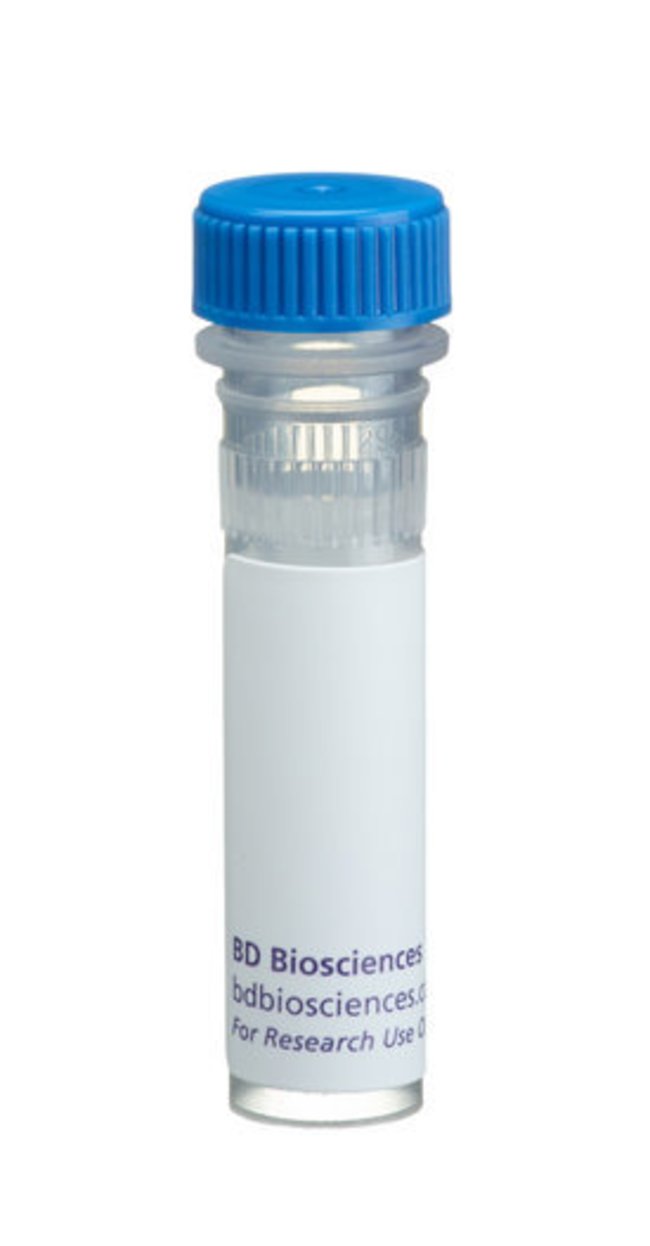CD54 (ICAM-1) Mouse anti-Human, Unlabeled, Clone: 28, BD, Mouse Monoclonal Antibody, Each

Details:
The migration of T cells through lymph nodes and their interactions with antigen presenting cells (APCs) involve adhesion molecules on the surfaces of the T cell and the cell with which it interacts. These molecules include the selectins, the integrins, members of the immunoglobulin superfamily, and some mucin-like proteins. The integrins mediate adhesion between cells and between cells and the extracellular matrix. LFA-1 (lymphocyte function-associated antigen 1), a member of the β2 integrin family, is expressed on T cells, neutrophils, and macrophages and is thought to be the most important adhesion molecule for lymphocyte activation. It interacts with members of the immunoglobulin superfamily, the intercellular adhesion molecules: ICAM-1, -2, and -3. ICAM-1 and ICAM-2 are expressed on endodthelium and APCs, while ICAM-3 is expressed only on leukocytes. ICAM-1 is most homologous to neural cell adhesion molecule and myelin-associated glycoprotein. It is a 55kDa glycoprotein that is heavily glycosylated to form 90kDa to 115kDa proteins. Its interactions with LFA-1 are necessary for CTL and NK mediated killing, T and B cell responses, and immune cell extravasation.Host Species: MouseClone: 28Isotype: IgG1Species Reactivity [for Features Main]: HumanImmunogen: Human CD54/ICAM-1 aa. 46-160Immunofluorescence, Western Blotting
Additional Information
| SKU | 10135423 |
|---|---|
| UOM | Each |
| UNSPSC | 12352203 |
| Manufacturer Part Number | 611704 |

